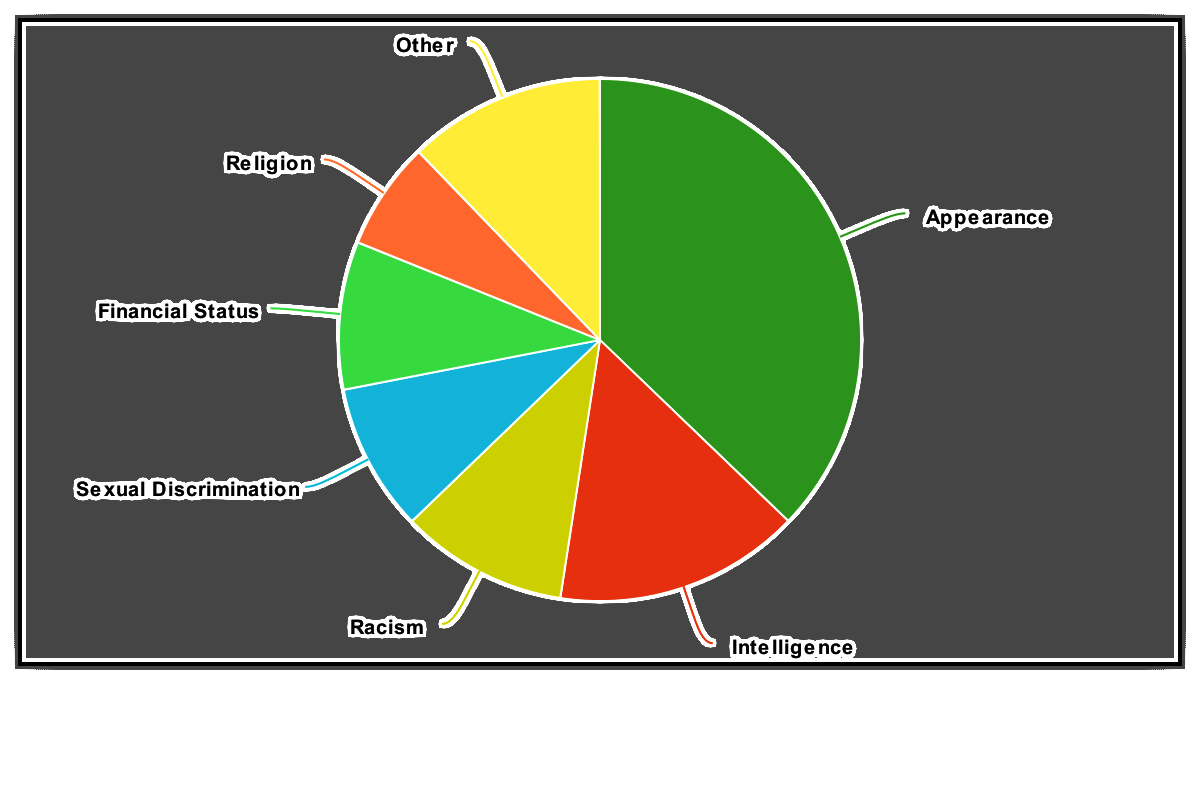Despite taking place online, Cyberbullying can still involve physical threats. As well as this, the feelings of the victim also remain very real. Cyberbullying causes much more harm than people know, and victims are often targeted for things they cannot control. In a 2014 teen internet safety survey, conducted by The Futures Company, 61% of teens who report
being bullied online say that it was because of their appearance. This is followed by intelligence
at 25%, racism (17%), sexual discrimination (15%), financial status (15%),
and religion (11%). One fifth falls under ‘Other’.
There have been many attempts to prevent cyberbullying in the past, all of which we can learn from
today. According to a survey of 627 teens aged 12 to 17 in September of 2020, published on the
esafety.gov.au website,
44% of teens have had a negative online experience in the six months prior to the survey, with more
than 80% taking some sort of action after-the-fact. Three quarters of these teens wanted more online
safety information presented through either their school (43%), a trusted eSafety website (40%), or
from a parent or carer (38%).
This really shows that there is a demand for more information about the dangers of cyberbullying,
and that is needs to be readily accesible to anyone seeking help.


